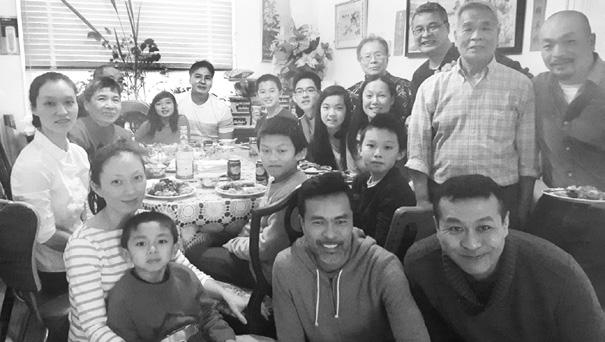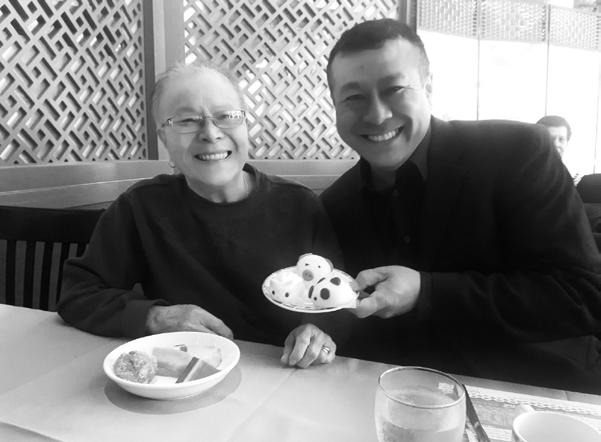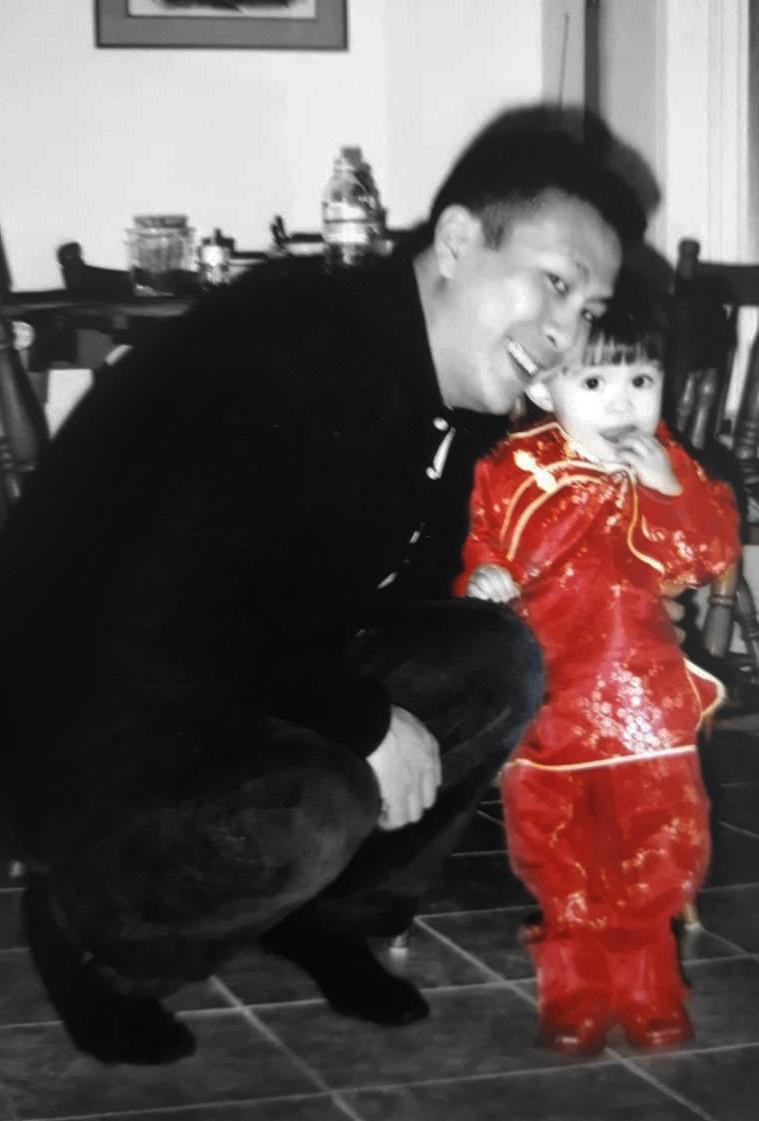

How-to Celebrate Chinese New Year: Oshawa-Style
For those who are curious about one version of Canadian Chinese culture, or who are comparing their own Chinese New Year celebrations to my own.
§ By Vienne SetoType Note
This book is set in Objektiv typeface. It is a typeface from Dalton Maag Ltd. which was founded in 1991 in London. The company provides typefaces and services for clients, and has created an exclusive font library. Objektiv is well-suited to this book, as it is similar to these Chinese New Year celebrations: welcoming and modern.
Composed, printed, and bound by Vienne Seto.
STEP ONE STEP TWO STEP THREE STEP FOUR STEP FIVE
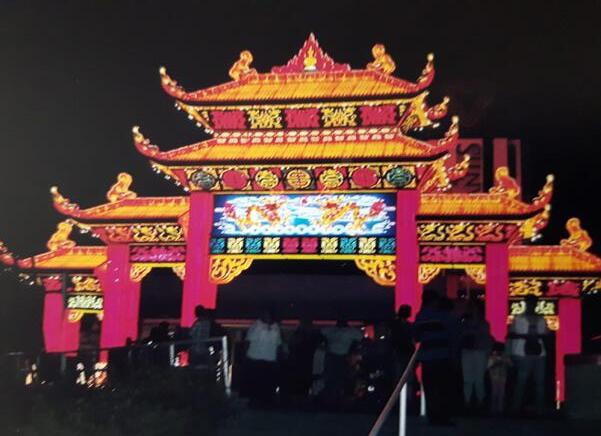 Toronto Chinese Lantern Festival, 2009.
Toronto Chinese Lantern Festival, 2009.
Preface
I consider myself to be a very Canadianized Chinese person, who often is not in touch with Chinese culture. The exception, however, is Chinese New Year, which my family and I celebrate annually in Oshawa at my grandparents’ house. I see this personal and cultural specific how-to book as an opportunity to expand my own knowledge on traditional customs, as well as to share my experiences with others.
Material in this book comes primarily from personal experience and information from my dad. Additional details from a helpful children’s book, Happy New Year! by Demi Demi have been included to highlight differences between my Canadianized Chinese culture and traditions in China. To further understand why my grandparents experienced such extreme poverty in their youth, britannica.com was used as a source to learn about the history of the province of Guangdong. Family photos and pictures of food are courtesy of my wonderful Aunt Linda Malcolm, who is particularly adamant about documenting family get-togethers through her cellphone camera. All other illustrations, unless given credit, are by the author.
STEP ONE Learn your family history


Terminology
ying ying: grandma
yah yah: grandpa
Both of my grandparents grew up in extreme poverty in the southern province of Guangdong. In the 1930s, Guangdong faced the rise of the communist movement as well as aggression from Japan. Japan occupied the province from 1939 to 1945. Promptly following World War II, a civil war waged between Communists and Nationalists until 1949, when the Communists were victorious. Due to this political chaos, the conditions in Guangdong were unlivable; the civil war and the aftermath did not come at no cost to its citizens. Many, including my grandparents, were impoverished and struggled with starvation. As a result, my grandpa was sold to another family to work for since his family was unable to feed him, and my grandma was abandoned at a market. She eventually found her way home. Tragically, three of Ying Ying’s siblings passed away due to the unbearable conditions. In the years that followed, Ying Ying and Yah Yah met through an arranged marriage before immigrating to Oshawa, Ontario in 1966 in hopes for a better quality of life. After my grandpa got a job at a nearby restaurant where he eventually became a co-owner, the pair managed to successfully raise four children. I have a lot of respect for my grandparents, as they were able to overcome unimaginable hardships and successfully start a new life while raising my Aunt Linda, my Uncle Wesley, my dad Winston, and Uncle Wally. Without their relentlessness and struggles, I would not have the quality of life that I have today.

My family speaks Toisanese, a dialect of Chinese, and I wish I could say that I do too. I consider myself to be a very Canadianized Chinese person, as my parents have always spoken English at home and we do not practice Chinese traditions (except for Chinese New Year). I never went to Chinese school on weekends, as I remember my other friends often did in grade school. This presents somewhat of an obstacle when I visit my grandparents; they speak English, but not fluently. Contrary to many immigrants, they were never fully immersed in an English-speaking environment because they moved into an area of Oshawa where there was a large Chinese community. My dad, aunt, and uncles grew up speaking Toisanese and were easily able to pick up English at school. Despite Chinese being their first language, their English-speaking skills have since far surpassed their Toisanese.

The importance of family
Our family is currently spread out, as my aunt lives in Pefferlaw, my uncles live in Toronto, and my immediate family and I live in Windsor. This only increases the importance of Chinese New Year celebrations, as it gives us the chance to catch up after having not seen each other for a few months. Slowly, as me and my brother become older, our number of visits to our grandparents’ starts to dwindle due to our busyness (with admittedly less important aspects of life than family) such as school and work. Thankfully, we are almost always present for Chinese New Year. This is the opportunity to spend time with loved ones and eat excellent food.

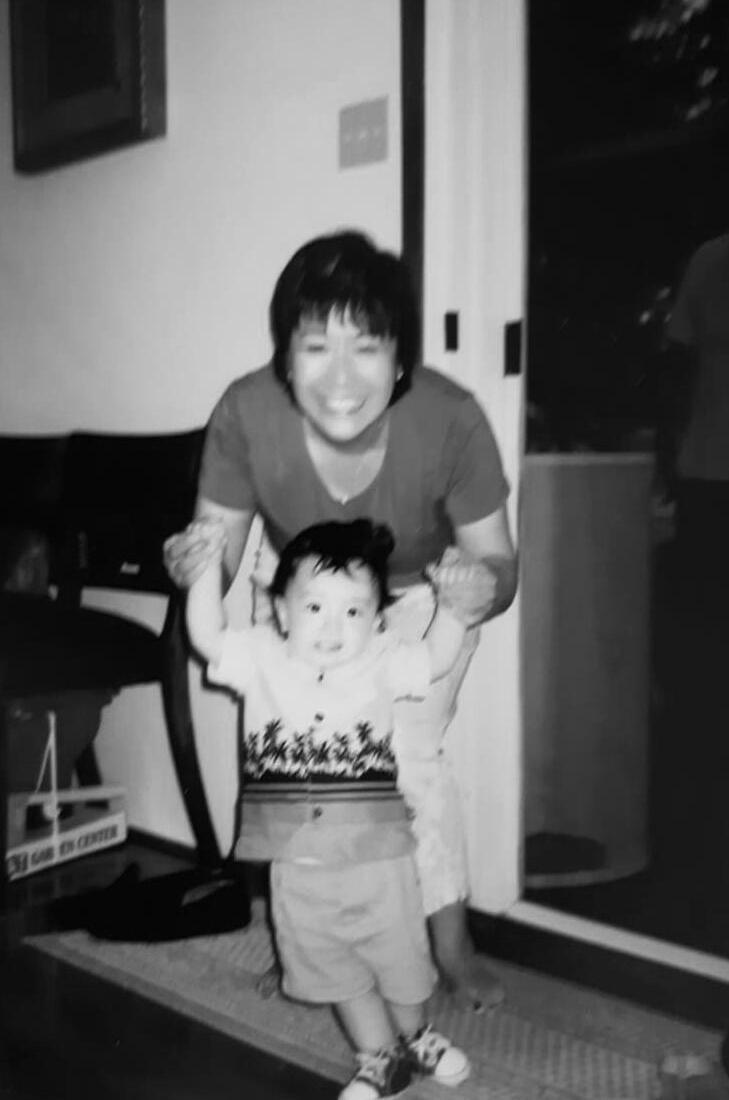
 Aunt Linda helping my little brother Beckham walk.
Aunt Linda helping my little brother Beckham walk.
STEP TWO Learn Chinese New Year

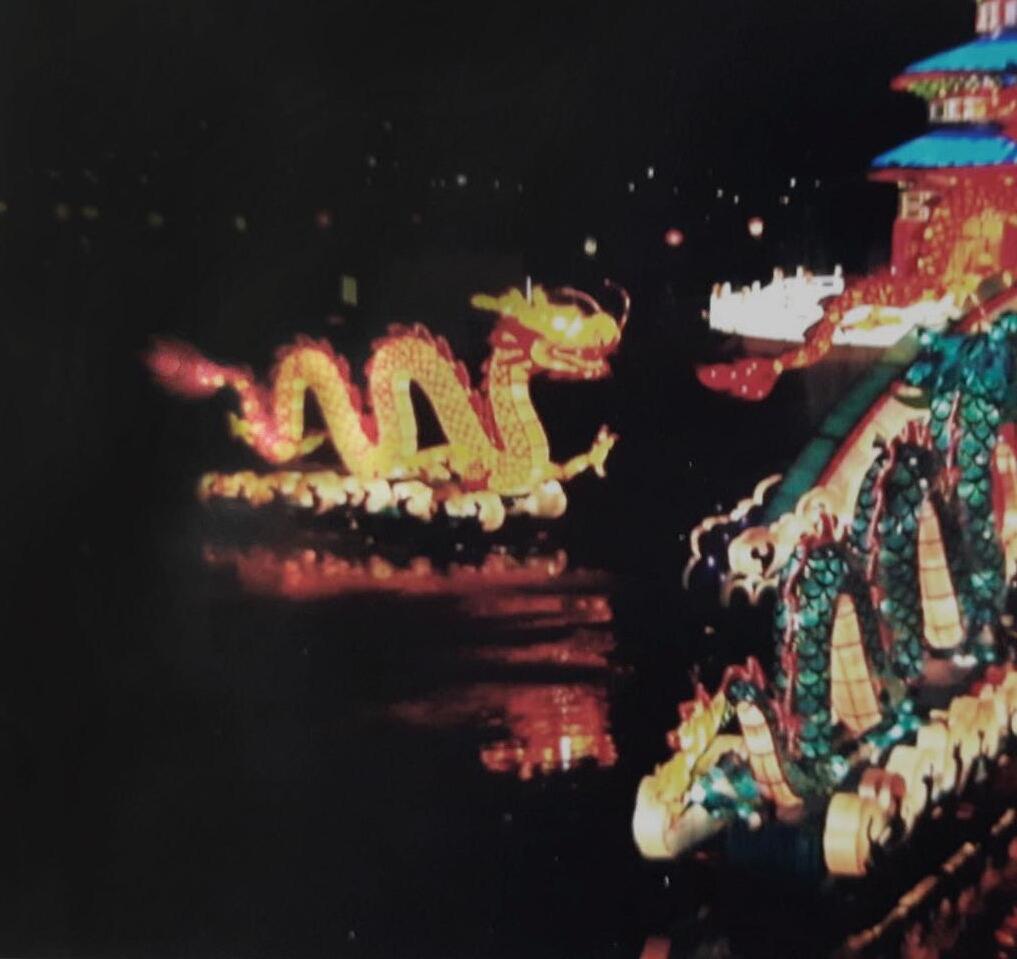
Year customs
Say, “Happy New Year!”
One of the few Chinese phrases I know is “kung-hsi fa-ts’ai”, which translates to “happy New Year”. Phonetic pronunciation: gong hei fat choy.

Pray to your ancestors
Present food and spirits to ancestors prior to the feast, then burn fake money so that ancestors are prosperous in the afterlife. Pray out of respect for our ancestors and to wish them well. This creates a mutually beneficial relationship; if we look after them in the afterlife, we can live in hopes that they are looking after us. My immediate family and I are not religious, but we participate in these traditions nonetheless. My dad considers these practices to be more out of respect for our elders than due to religious beliefs.
Exchange Red Envelopes
The giving and receiving of red envelopes is a standard tradition. Each red envelope contains money. Give envelopes if you are an elder; receive red envelopes from elders. This is to ensure good fortune for youth.
Red envelopes are often ornamented with gold Chinese characters and other decorative emblems.
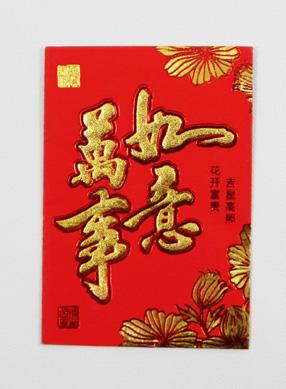
Envelopes come in a variety of shapes and sizes.
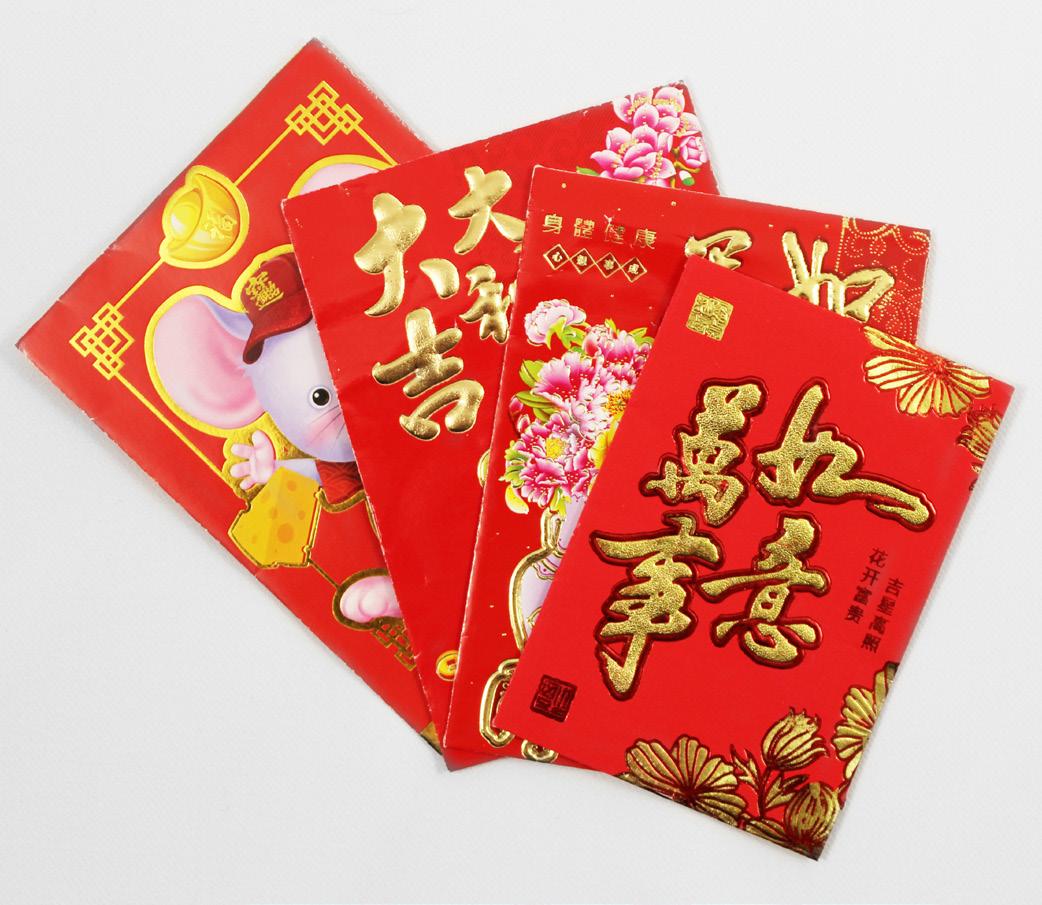

Follow the Lunar Calendar
The New Moon marks New Year’s day in Chinese culture. Because Chinese New Year is based on the Lunar Calendar, it does not fall on the same day of the Gregorian Calendar, which is most commonly used today. In China, Chinese New Year occurs in the springtime and in Canada, it takes place in January or February.
Fifteen days
Chinese New Year celebrations take place over 15 days. During this span, several activities occur such as dragon dances, lantern festivals, making banners, decorating, and firecrackers, among others. Traditionally, Chinese New Year celebrates the season for agriculture and new beginnings. In my family, however, we only take one day to gather with family, omitting these activities and focusing mostly on spending time with family, feasting, and exchanging red envelopes.
Learn your zodiac sign
Animals are used to identify different years of Chinese New Year. The year you are born determines what zodiac sign you are. Each sign has accompanying personality traits. Find your birth year and see if the animal and the character traits correspond with you.
Dragon — wealthy, wise, powerful, eccentric, honest, brave. 1952, 1964, 1976, 1988, 2000
Rabbit — lucky, virtuous, reserved, talented, affectionate , long-lived. 1951, 1963, 1975, 1987, 1999
Tiger — powerful, protective, sympathetic, shorttempered, deep-thinking, courageous. 1950, 1962, 1974, 1986, 1998
Ox — patient, confident, eccentric, quiet, strong, stubborn. 1961, 1973, 1985, 1997, 2009
Rat — charming, picky, thrifty, ambitious, adventurous, deep thinking. 1960, 1972, 1984, 1996, 2008
Pig — ambitious, strong, honest, wealthy, studious, kind. 1959, 1971, 1983, 1995, 2007
Attributes of each zodiac sign sourced from Happy New Year! by Demi Demi. Accompanying illustrations by Vienne Seto.
Dog — loyal, honest, cooperative, faithful, confident, eccentric. 1958, 1970, 1982, 1994, 2006
Rooster — ambitious, hardworking, adventurous, opinionated. 1957, 1969, 1981, 1993, 2005
Monkey — smart, skillful, successful, knowledgeable, discriminating. 1956, 1968, 1980, 1992, 2004
Goat — religious, creative, shy, elegant, emphatic, wise. 1955, 1967, 1979, 1991, 2003
Horse — popular, cheerful, independent, quick, artful. 1954, 1966, 1978, 1990, 2002
Snake — quiet, deep, wise, determined, vain, intense. 1953, 1965, 1977, 1989, 2001.
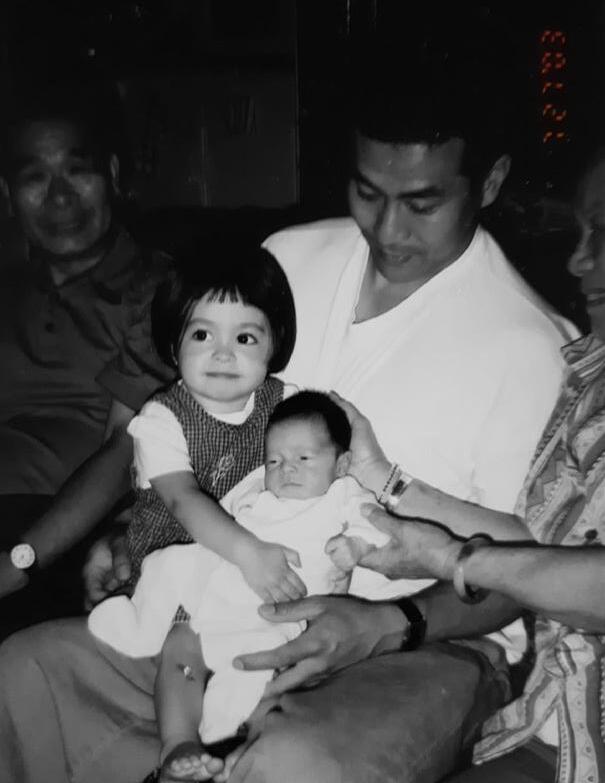
STEP THREE Find a location

Every year, the hosts of these festive celebrations are none other than Ying Ying and Yah Yah. Their house has lots of character and I experience nostalgia every time I visit, since their home has remained virtually unchanged for as long as I can remember. The
architecture of the house can be characterized by the fact that it was built around the 1920’s (a guesstimation from my mom). In the backyard, they have a thriving vegetable garden which they are very proud of. The house is located directly across the street from a



small automotive business. Next to this auto repair shop is a small empty plot of land where me and my brother and many cousins used to play while the adults talked amongst themselves inside and kept an eye on us from the living room window.

The interior of the house is identifiable by clutter, a strong food odour, mismatched furniture, and many plants that line the living room windowsill. They have an old box T.V which is always blasting at top volume, since they have gradually started to lose their hearing over the years. Kitschy cheap items litter the house and toys from my dad and his siblings’ childhoods are buried away in closets and can be found in the basement.
Ying Ying and Yah Yah like to stockpile items of all sorts and they treasure anything that is free. They are adamant about saving money, so they take advantage of every situation where they can potentially save (my mom thinks this is because they came from extreme poverty, so when
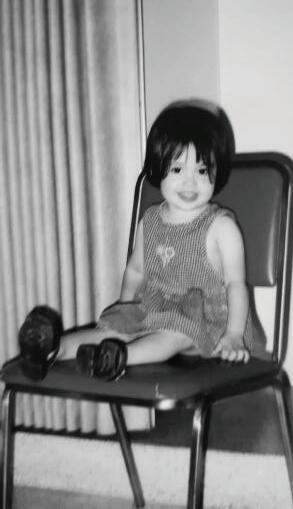
the opportunity arises, they will collect free things or buy lots when there is a sale). To clarify, they aren’t hoarders, but they aren’t minimalists either. Another way to save money is that they repair almost everything they have once it breaks, whether it be dollarama stools, or broken pipes. I would not necessarily call them handy, however,
as duct tape is their tool of choice. Despite their methods that do not fit into modern day North American expectations, their thriftiness has paid off. They certainly have managed to save by not taking part in the mindset of consumerism where once something breaks, it must be thrown out and replaced by something new.


The three bedroom, petite house has a long history of hosting more people than it can seem to fit, and not just on Chinese New Year. For several years, my dad and his two brothers shared one bedroom. At one point, an elderly relative lived in their dining room, along with the four siblings, plus Ying Ying and Yah Yah. When he passed, Ying Ying’s mother lived in the house for some time as well.

STEP FOURDon’t forget the food

Food, second only to family (but this is arguable), is the most important aspect of our get-togethers. My grandparents slave away tirelessly and pull all-nighters in order to make tons of food for all the guests. Those in attendance include my aunts and uncles, friends of my grandparents, and many other blood and non-blood relatives.
Every year without fail, my grandma makes amazing spring rolls. They have become a staple at our Chinese New Year celebrations, and are loved by all who have the pleasure of trying them.
Other food that is usually present for our celebrations is pork, shrimp, fish, beef, bok choy, and other vegetables. For dessert, my Aunt Linda bakes creative and delicious treats to fatten up all the guests for the New Year.

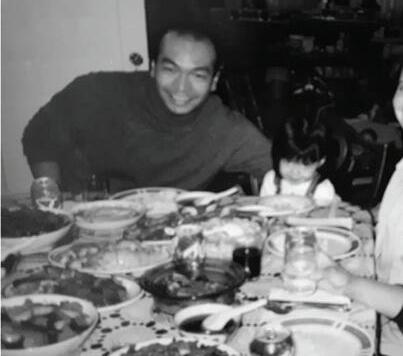
Ying Ying and Yah Yah look on happily as I eat their food.
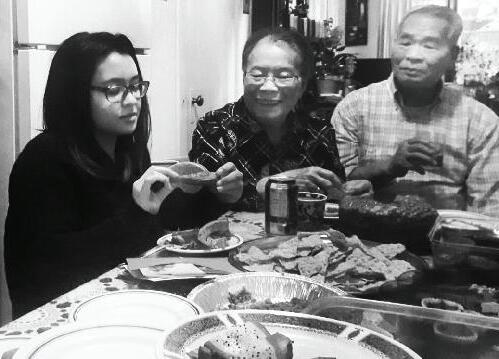
“It gives her special pride when she sees people eating her spring rolls.”
— Winston Seto
Ingredients:
• ½ head of cabbage, shredded
• ½ carrot, shredded
• Corn oil
• Pinch salt
• ½ lb. shredded barbecue pork from a local Chinese market (the barbecue sauce adds flavour to the spring rolls)
• 1 Chinese-style sausage from the market
• 1 tsp. Chinese-five-spice: this is a combination of cinnamon, fennel seeds, peppercorn, cloves, and star anise.
• 2 tbsp. chicken broth
• 1 package spring roll wrappers
• 1 egg, beaten
Spring roll recipe
In a wok, fry together 2 tbsp. corn oil, the cabbage and the carrot until the vegetables soften. Add salt. Mix in pork, sausage, Chinese-five-spice, and chicken broth to the wok. Put filling aside to allow the mix to cool off. Open the package of spring roll wrappers. Add 1 tbsp. of filling to each wrap. Fill a wok with corn oil and place over heat (tip: in order to test if the oil is hot enough, drop a piece of ginger in the wok. If it starts to bubble, you are good to go). Drop a few spring rolls in the oil at a time, constantly rotating them until they reach a golden brown. Use a strainer to remove the rolls. Place completed spring rolls in a pan lined with paper towels to absorb extra oil. Serve as is, or with sweet & sour sauce and enjoy!

My Aunt often makes desserts based on the zodiac sign of the year. The cookie to the left was to celebrate the Year of the Rooster.


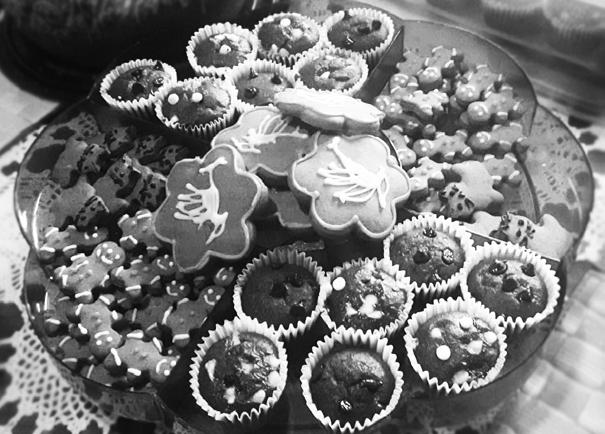


STEP FIVE Spend time with family
In the midst of all the preparation, do not forget the most important part of Chinese New Year: spending time with family.
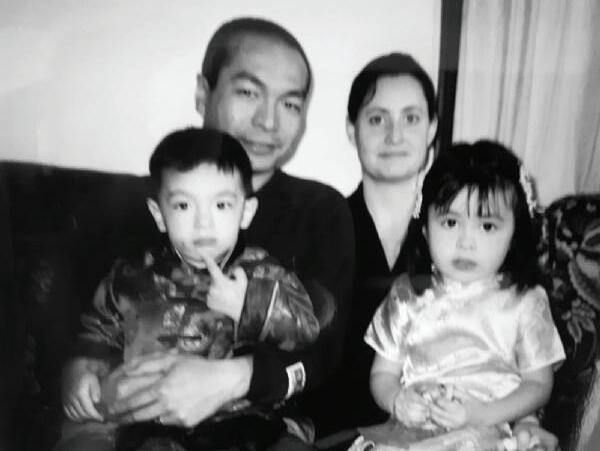

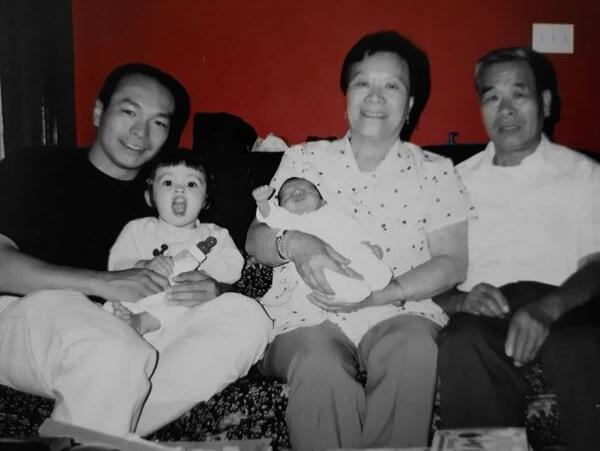
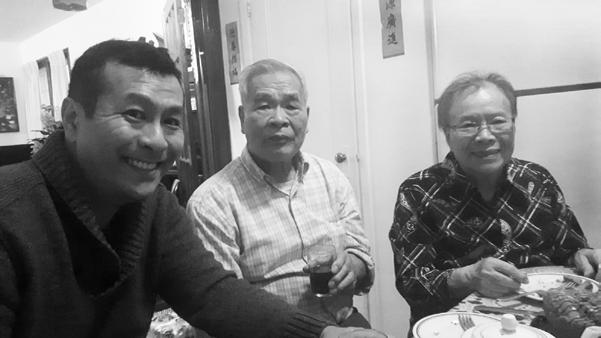
This may look like a large turnout, especially considering the size of my grandparents’ house, but it is only two thirds of the people generally present at Chinese New Year.
